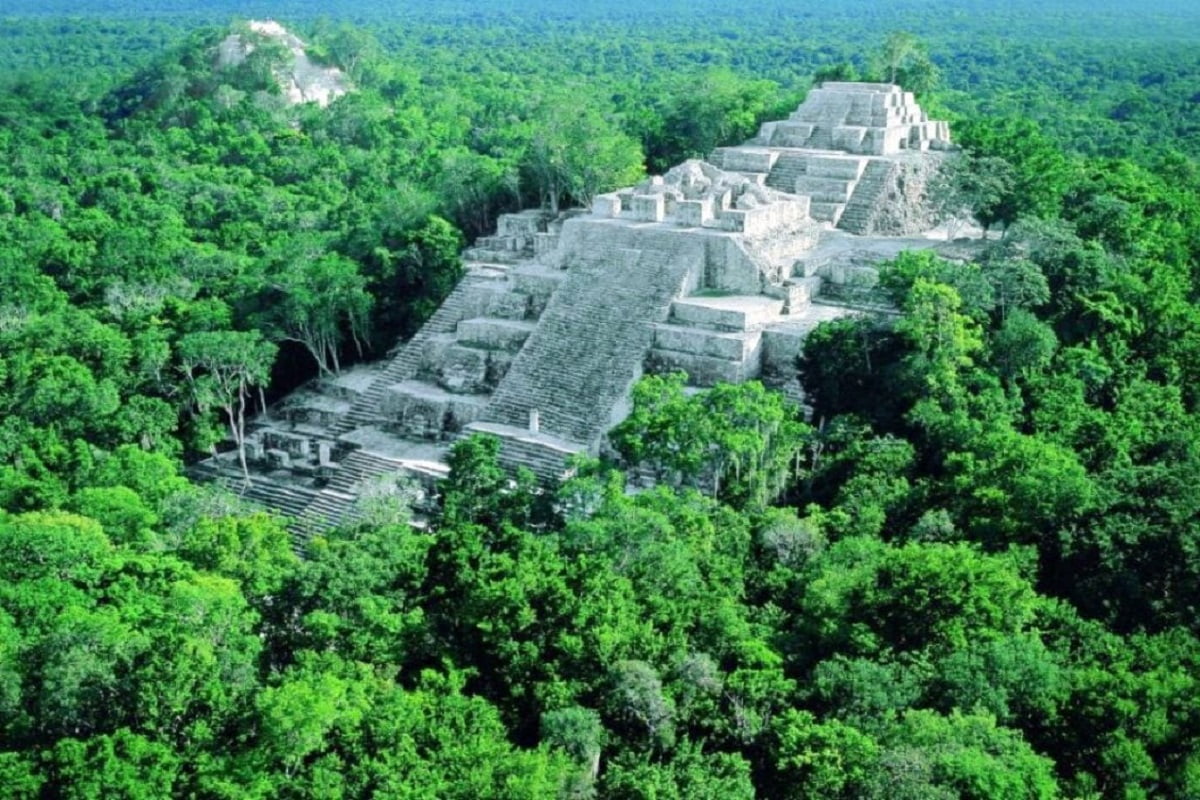Experts using a special technology called LiDAR (Light Detection and Ranging) have published a laser scan of a new megalopolis under the jungles of Guatemala, where it indicates a vast interconnected network of ancient cities.

El Mirador is said to be a huge archeological site which may not be wrong to call it the ‘predecessor of the Maya civilization’. El Mirador means ‘the viewing place’. The reason for such a name may be the huge pyramid here.
Presumably, these were watched from afar. The lost city of El Mirador is located in the dense jungles of present-day Guatemala in Central America. It flourished between the 6th century BC and the 1st century AD, and was home to thousands of people.
Covering an area of 25 square kilometres, this site is still the best-known archaeological site of the Maya civilization. The earliest settlement in the region is believed to have been built around 1000-900 BC, and the monumental architecture around 600 BC.
El Mirador reached its peak between 400 BC and 200 AD. This civilization developed an advanced concept of its various architectural designs and extended its rule over the entire Mirador Basin.
The town of El Mirador was discovered in 1926. Since there are no roads here, it is quite difficult to reach these places. To reach here, one has to pass through dense forests.
Thousands of years before Europeans came to the Americas, and the Mayan people created their own myths. The city was well suited for agriculture.
Due to the abundance of mud, these were used to cover the surrounding areas. Apart from this, crops such as corn, beans, cotton, palm, squash etc., were grown there by fertilizing with lime. Its ancient structures and monuments are also under threat due to indiscriminate deforestation.
